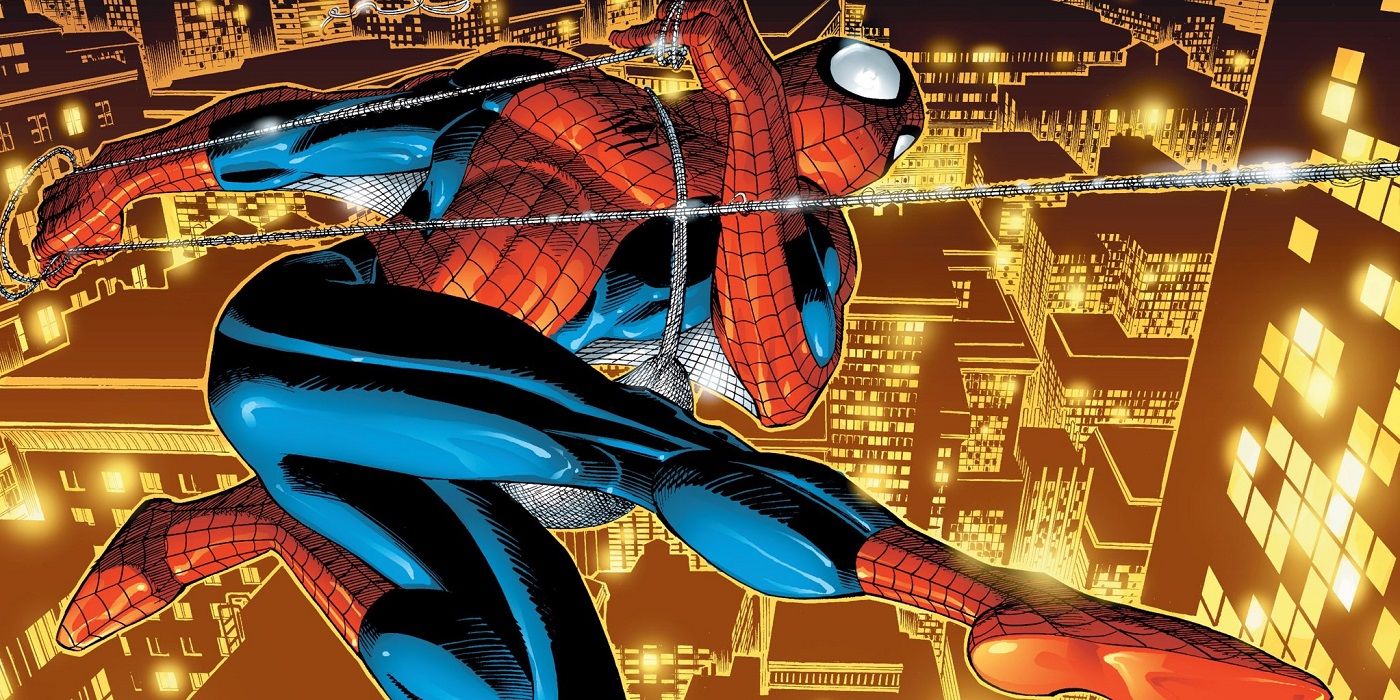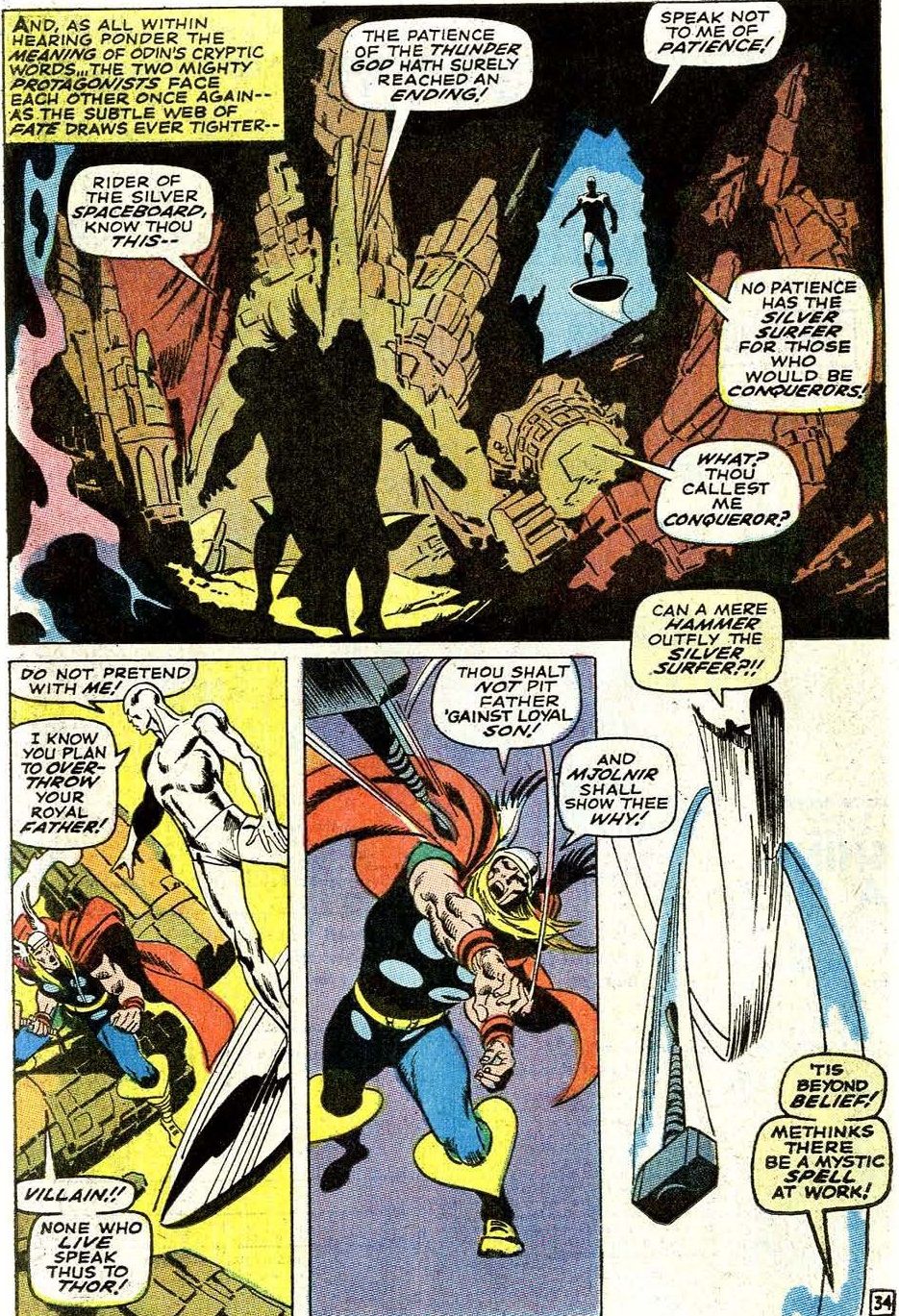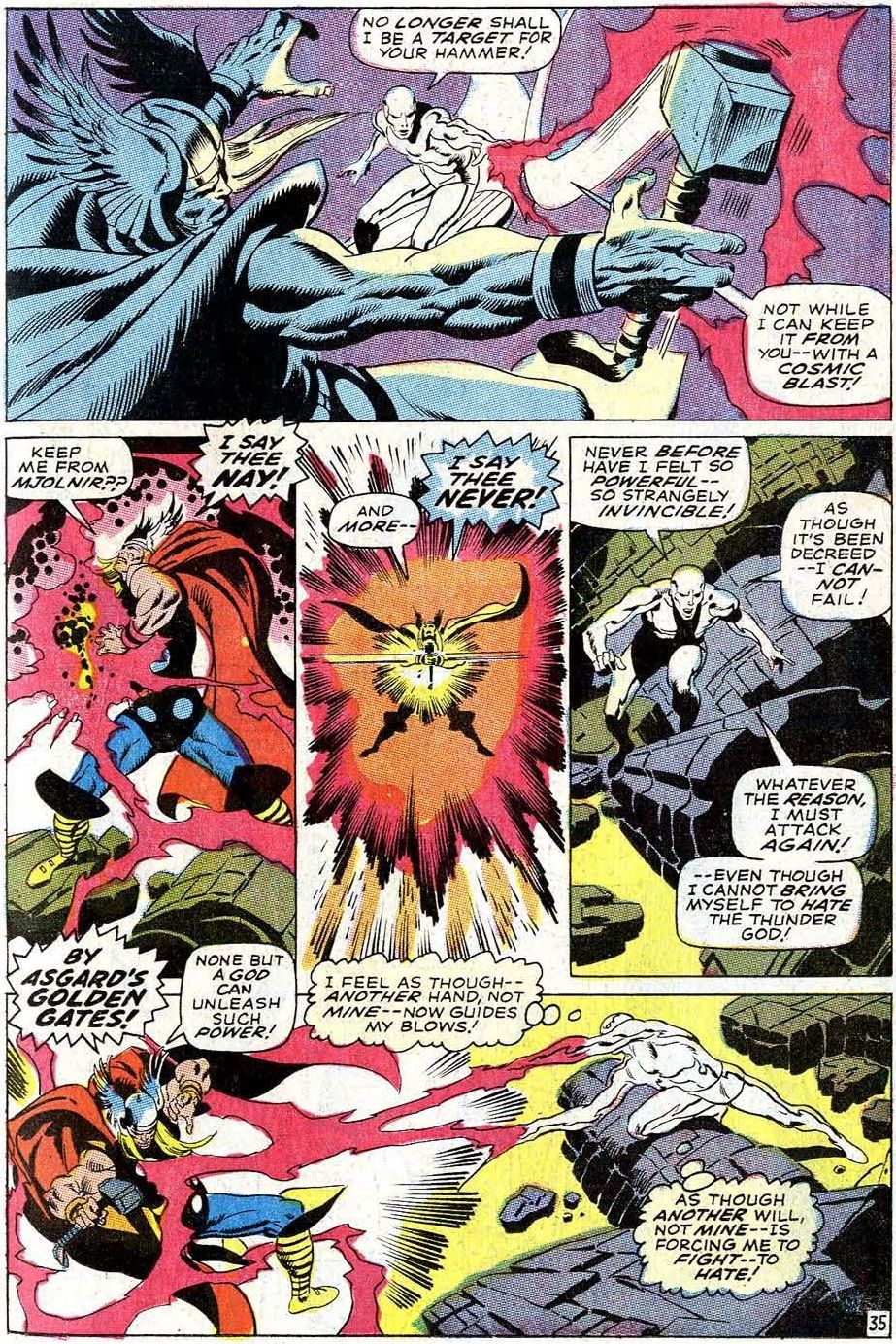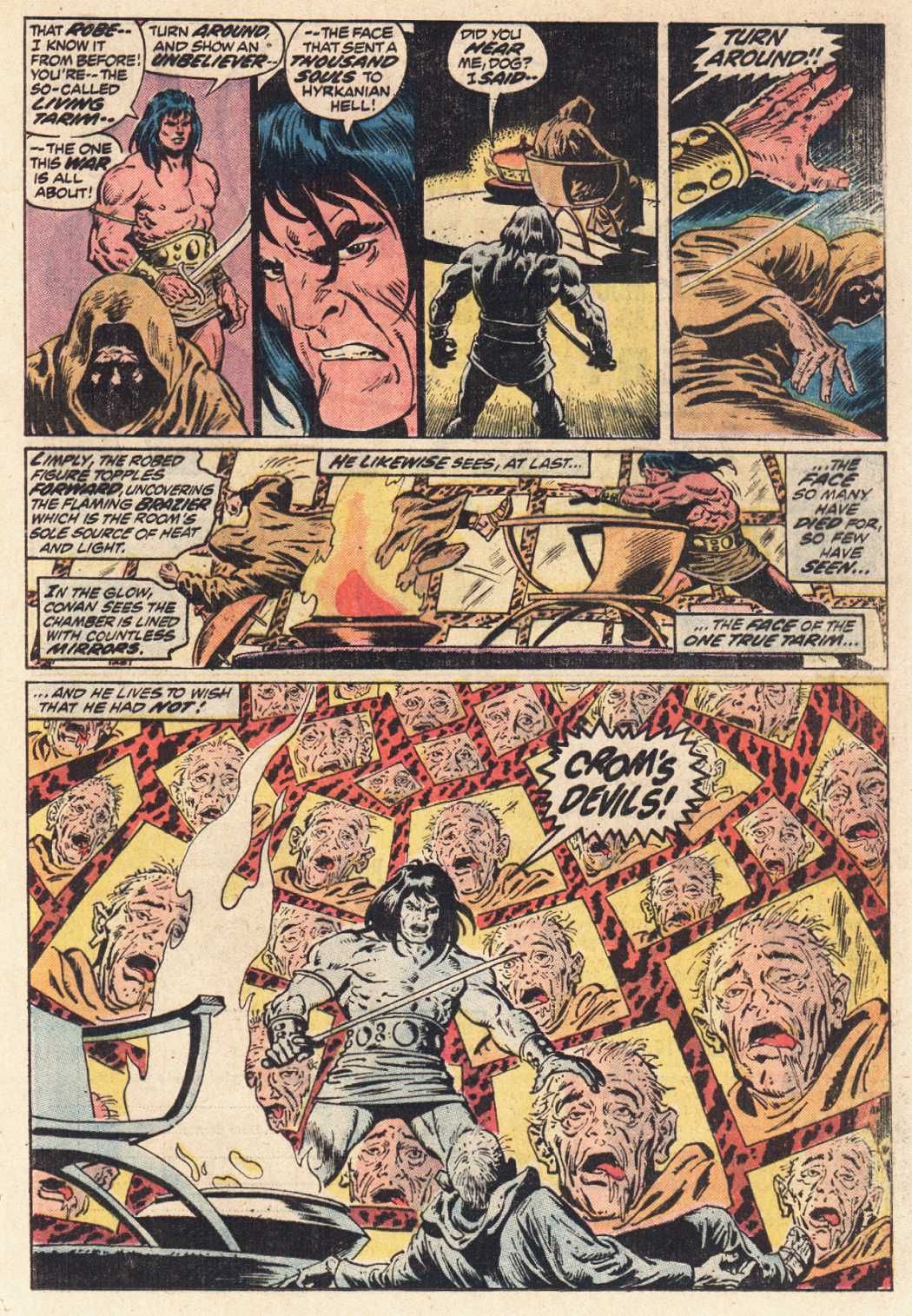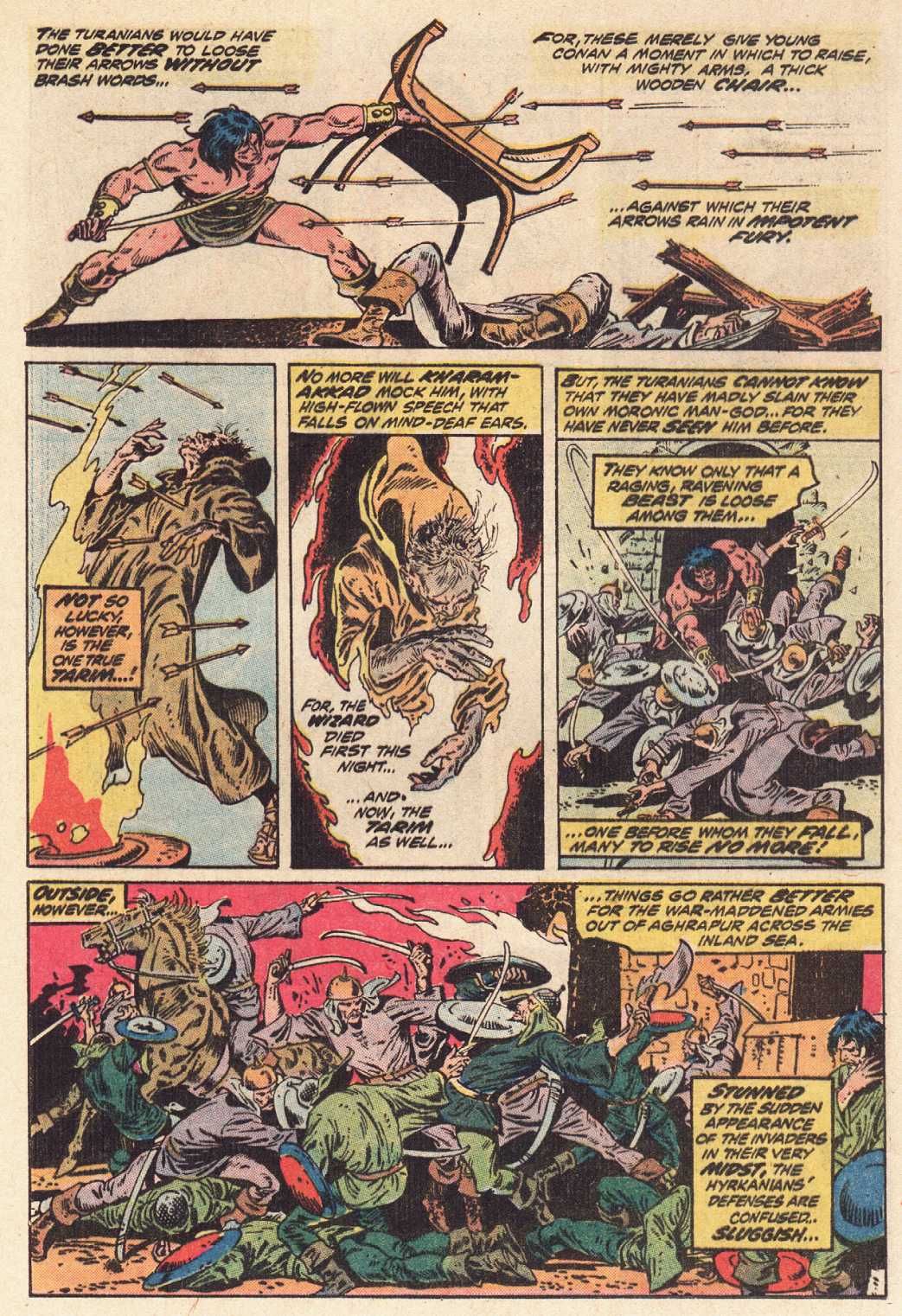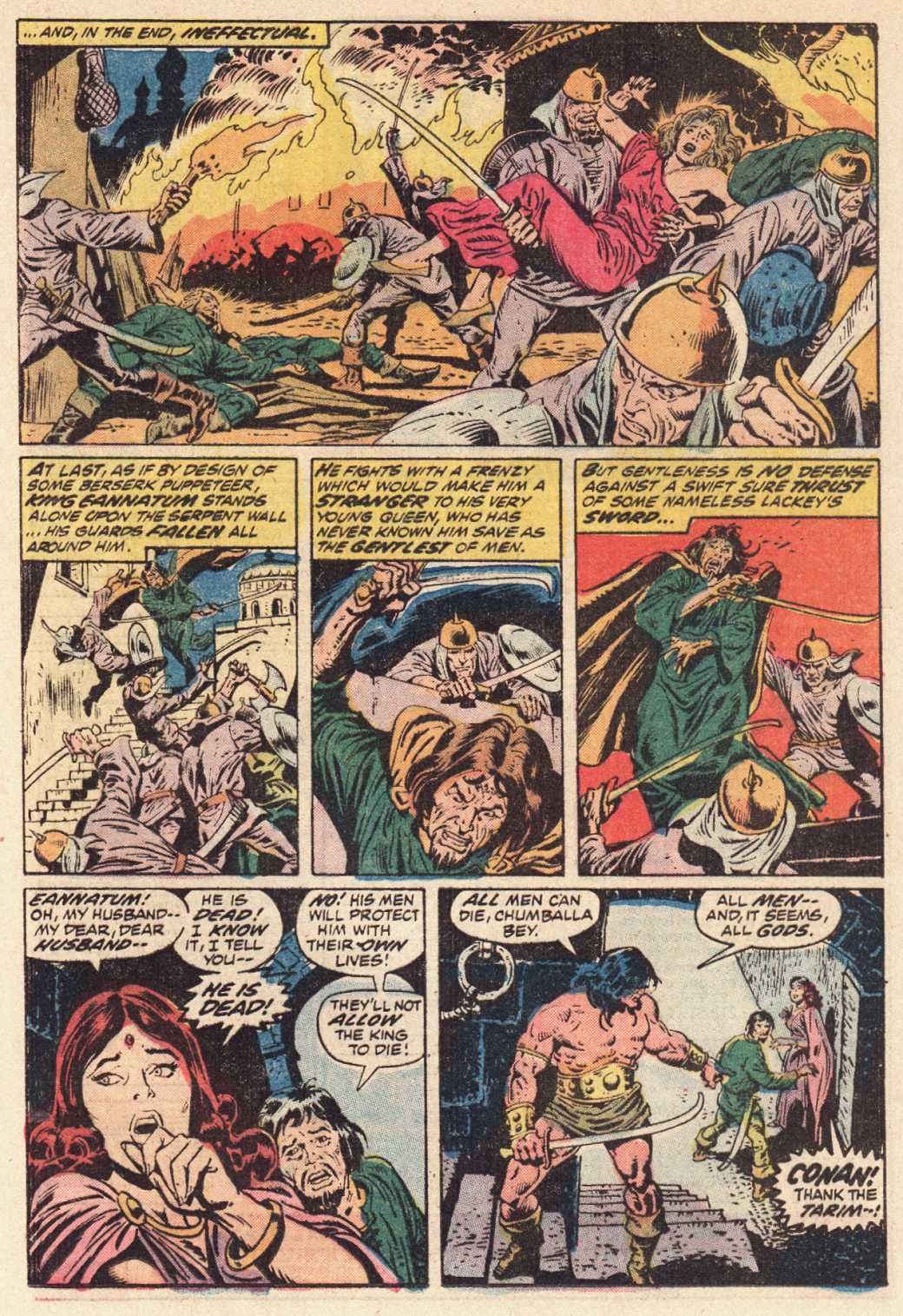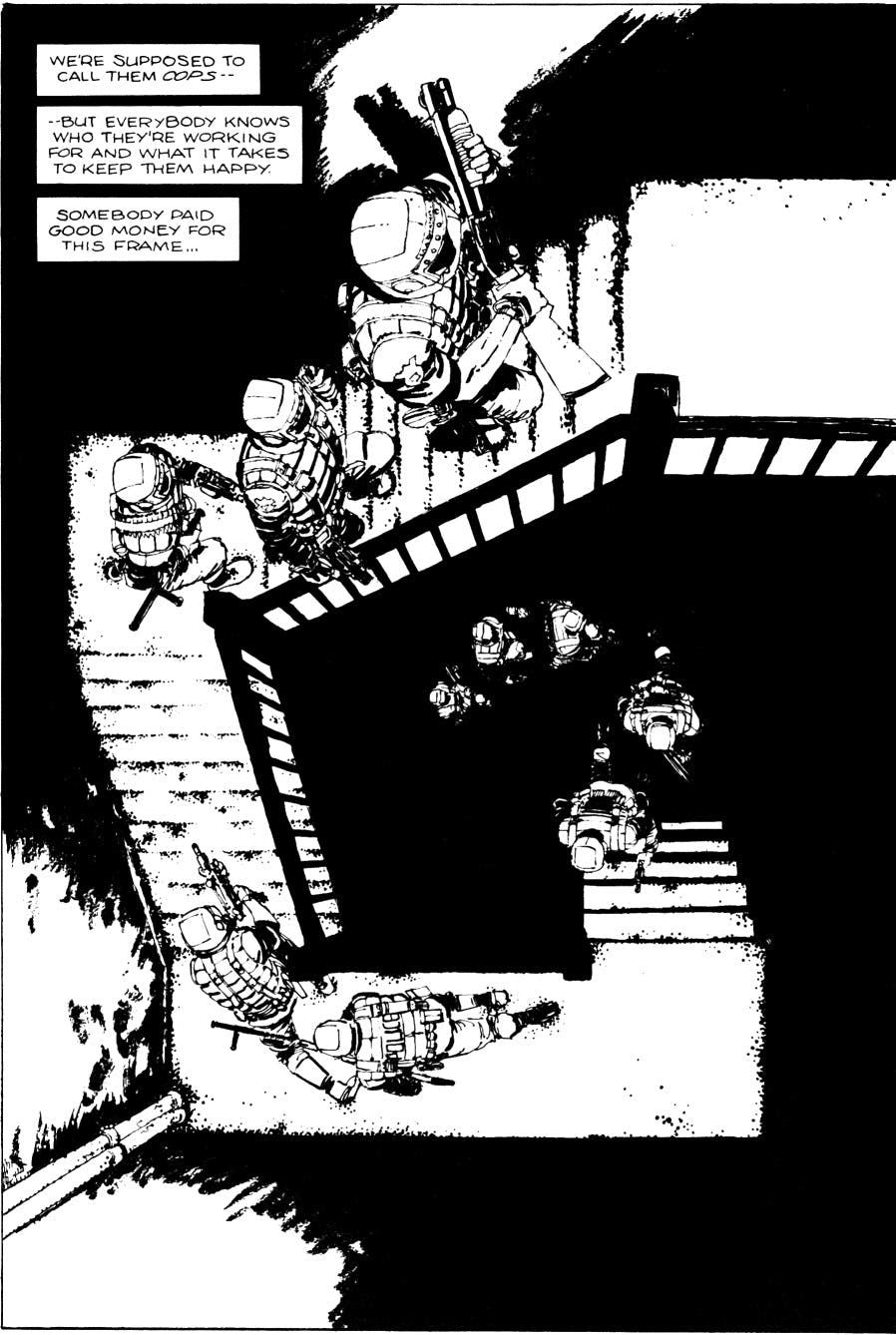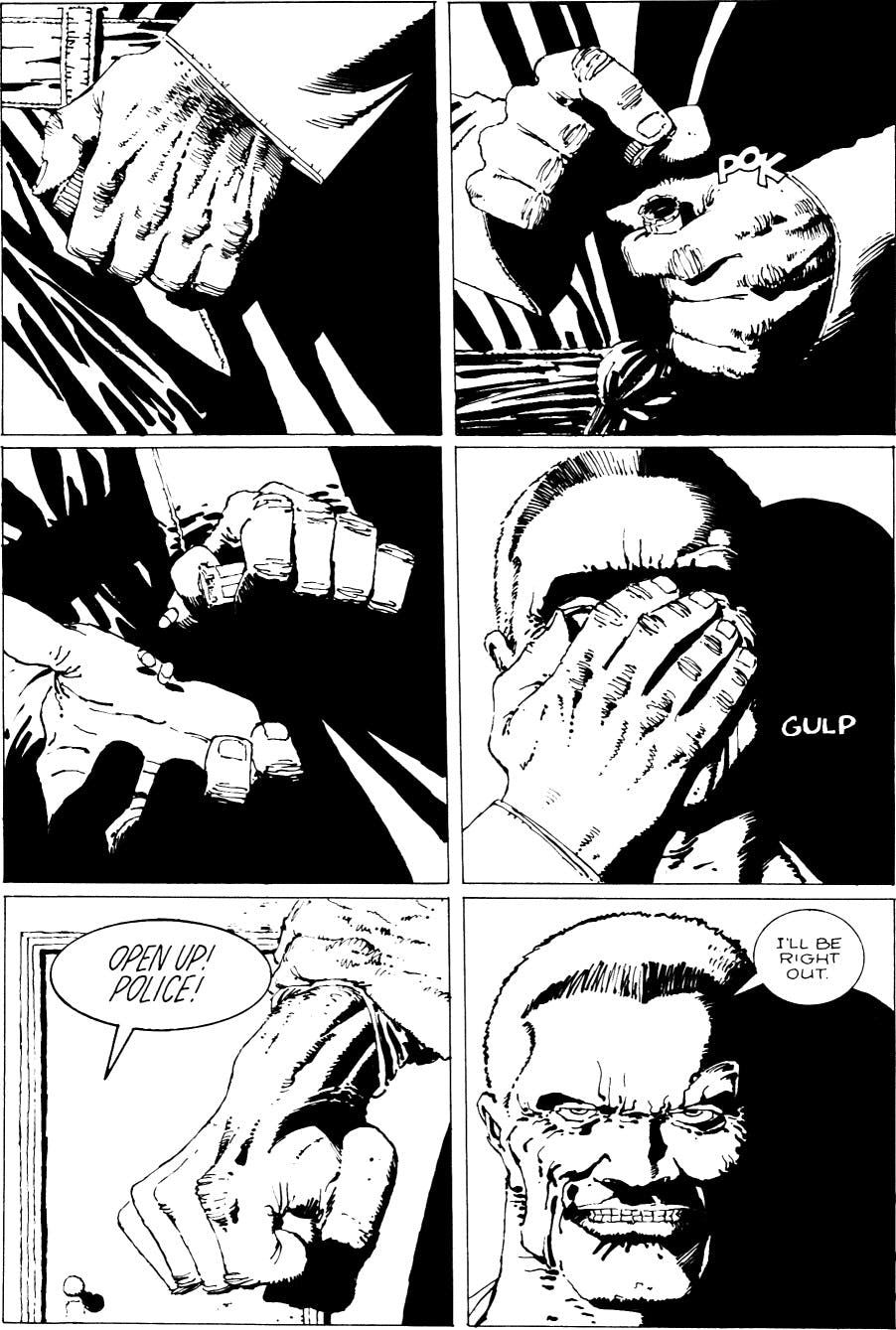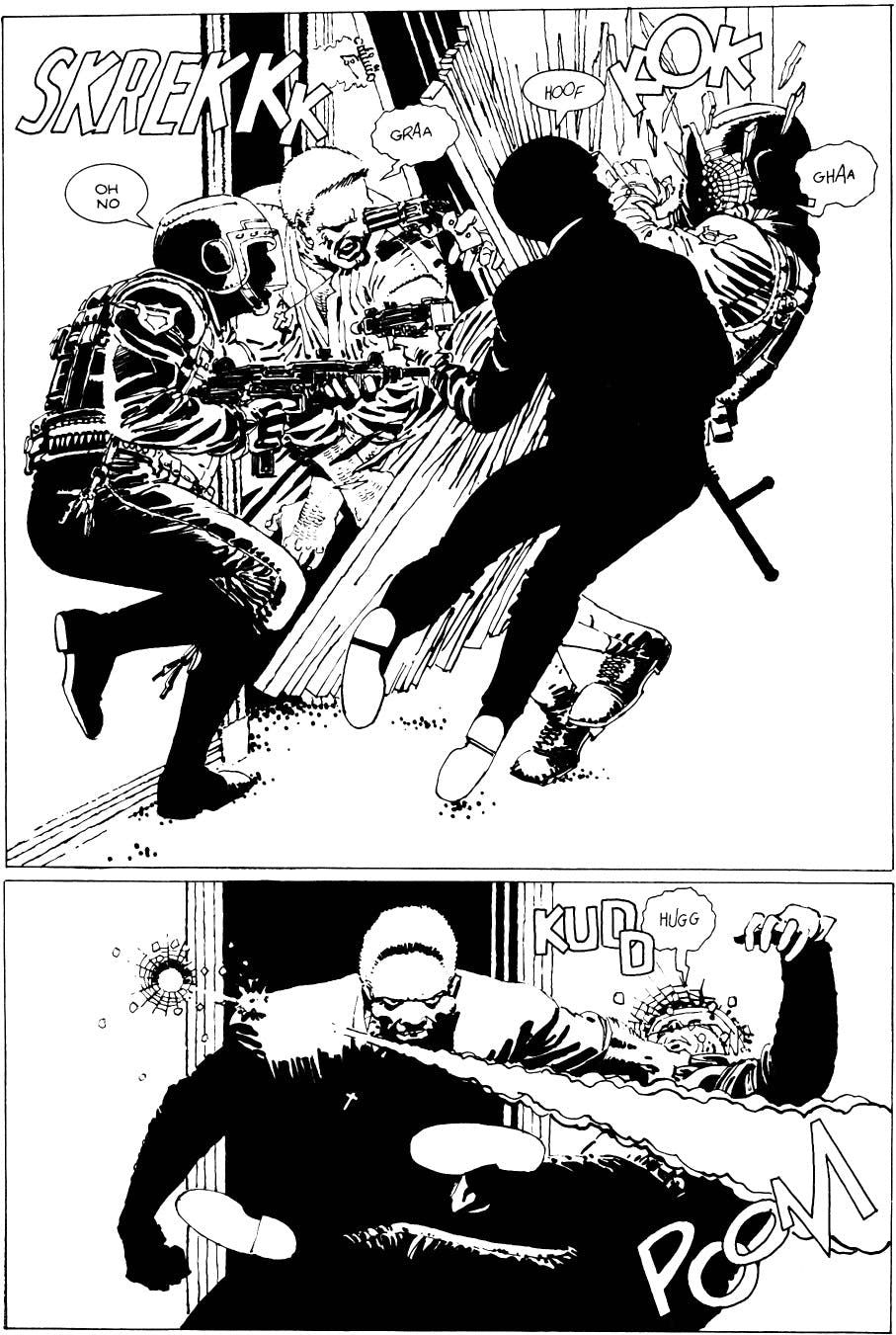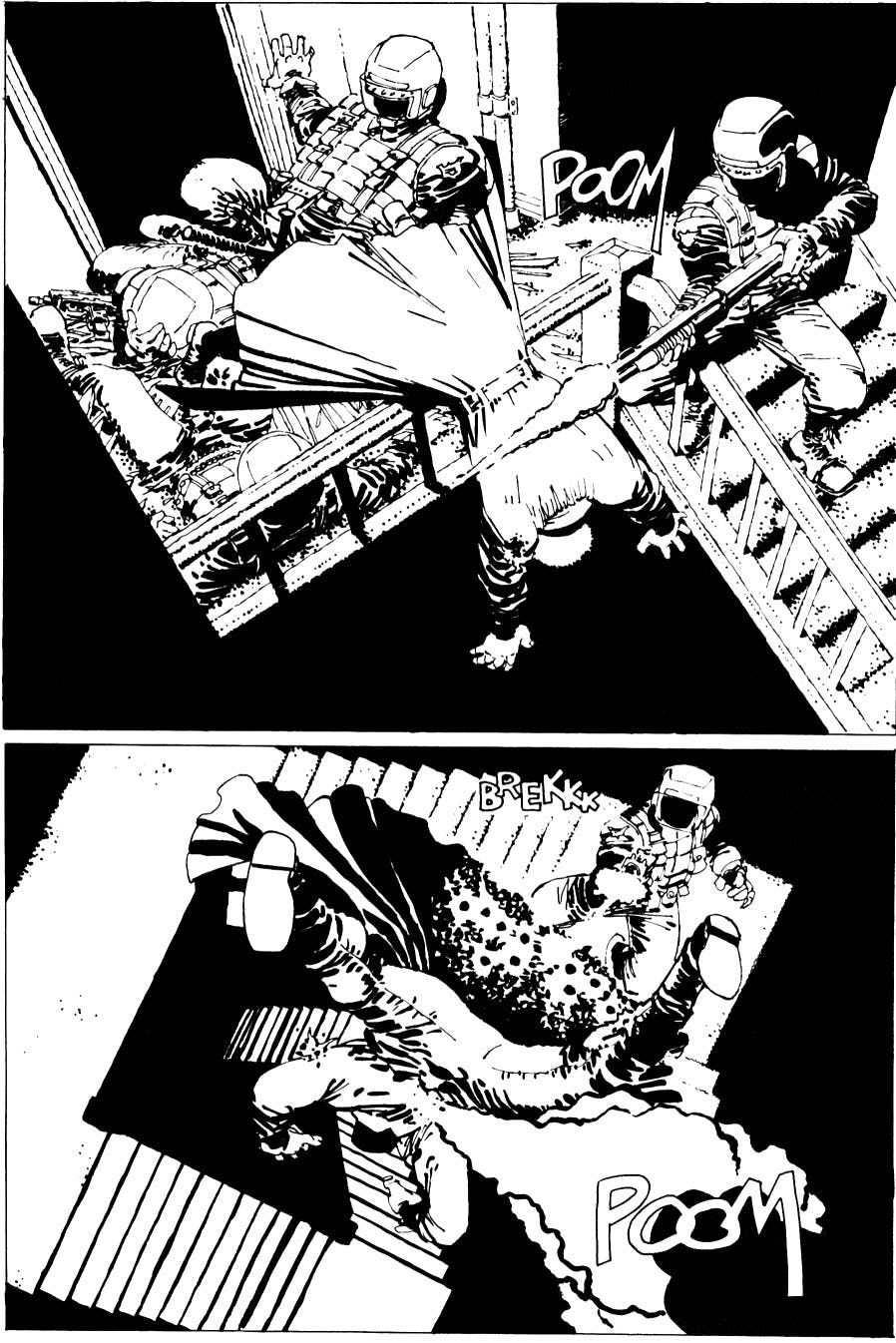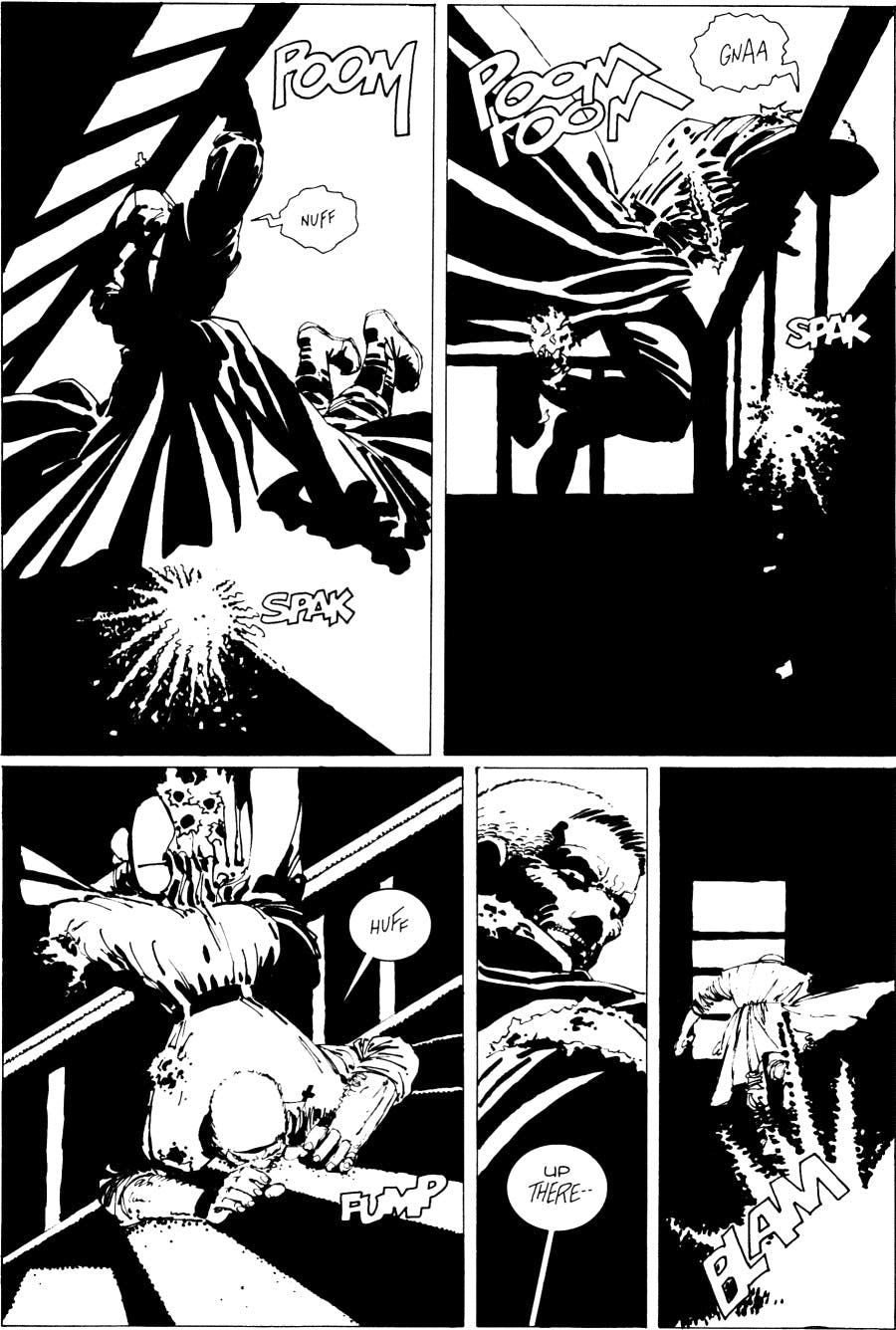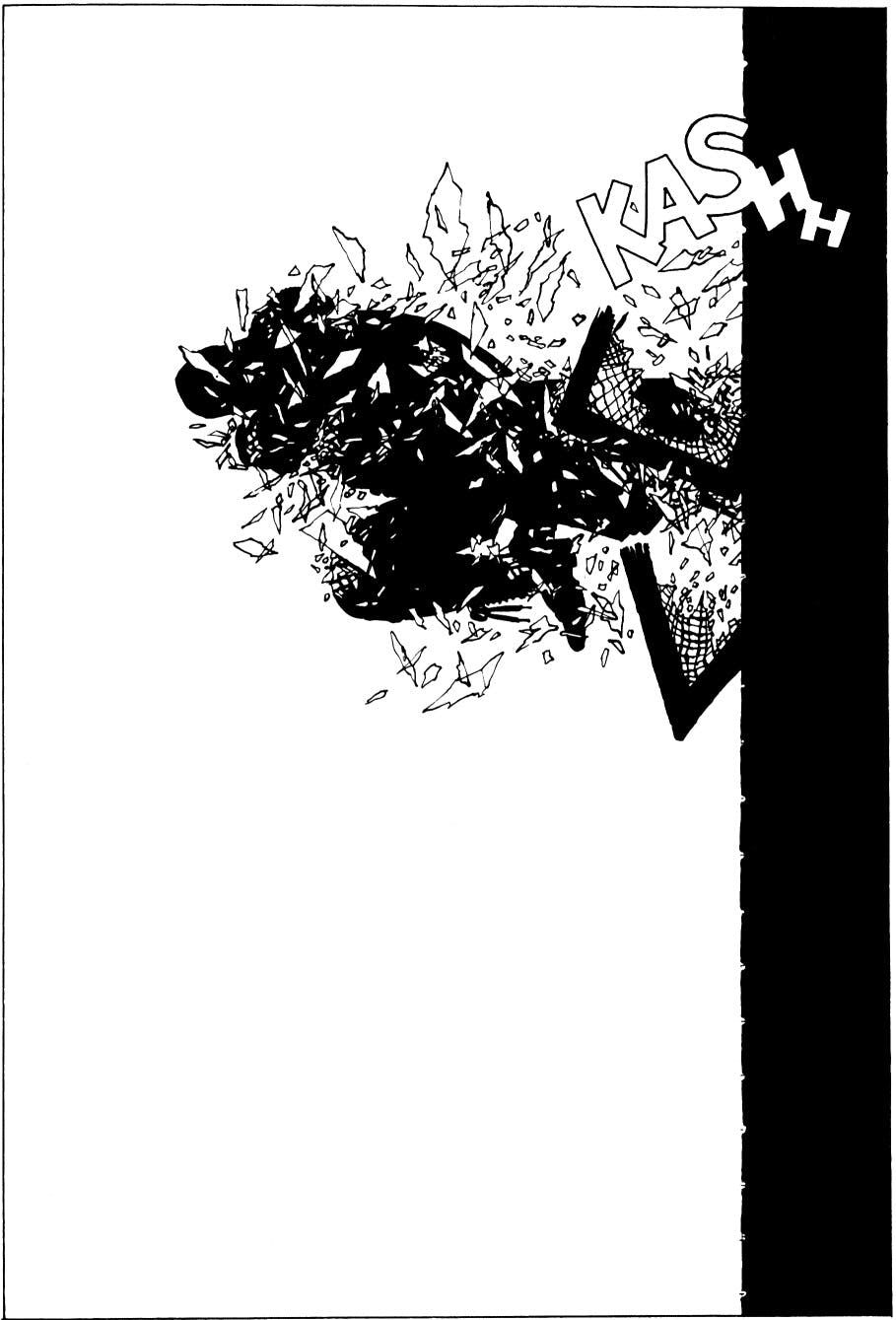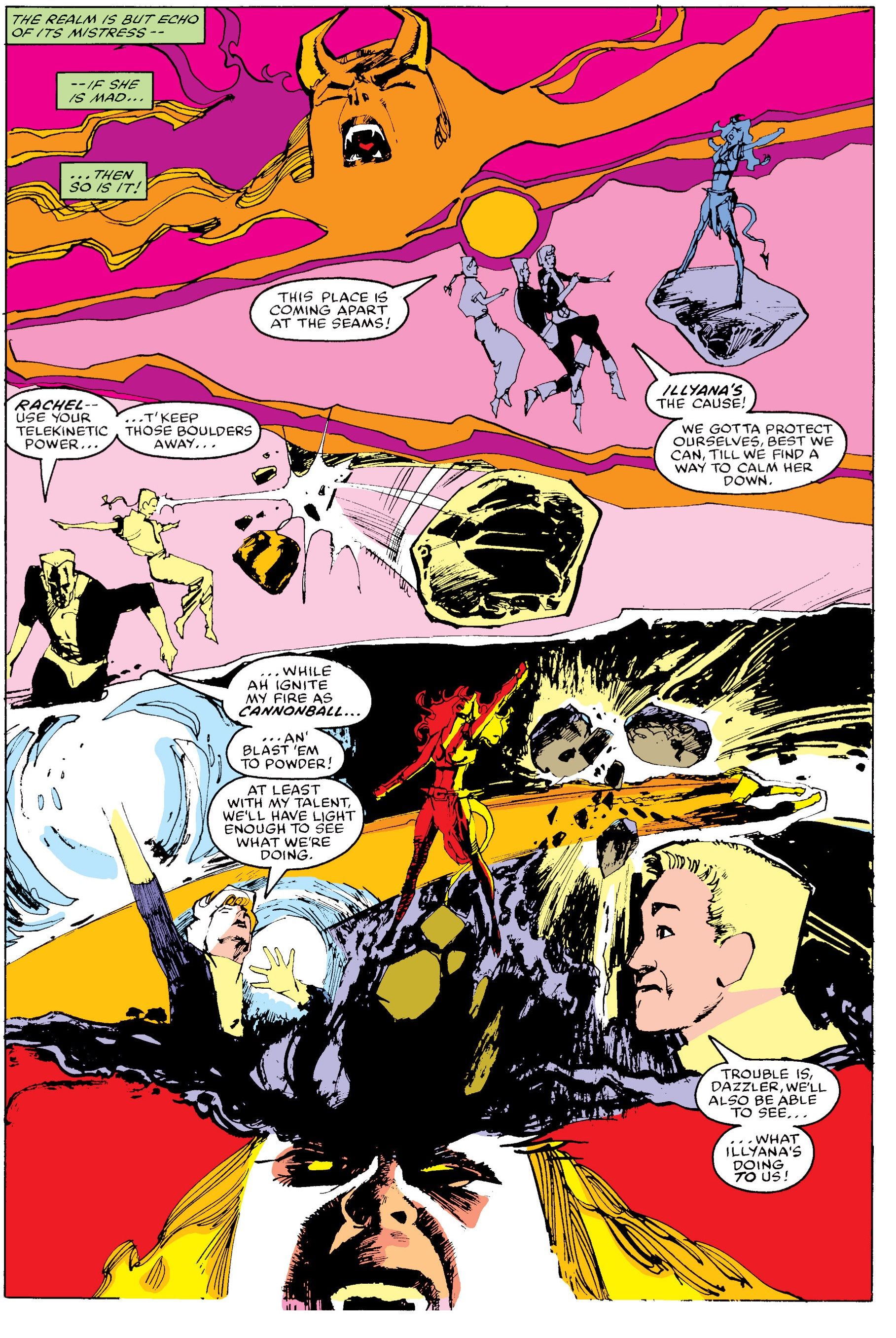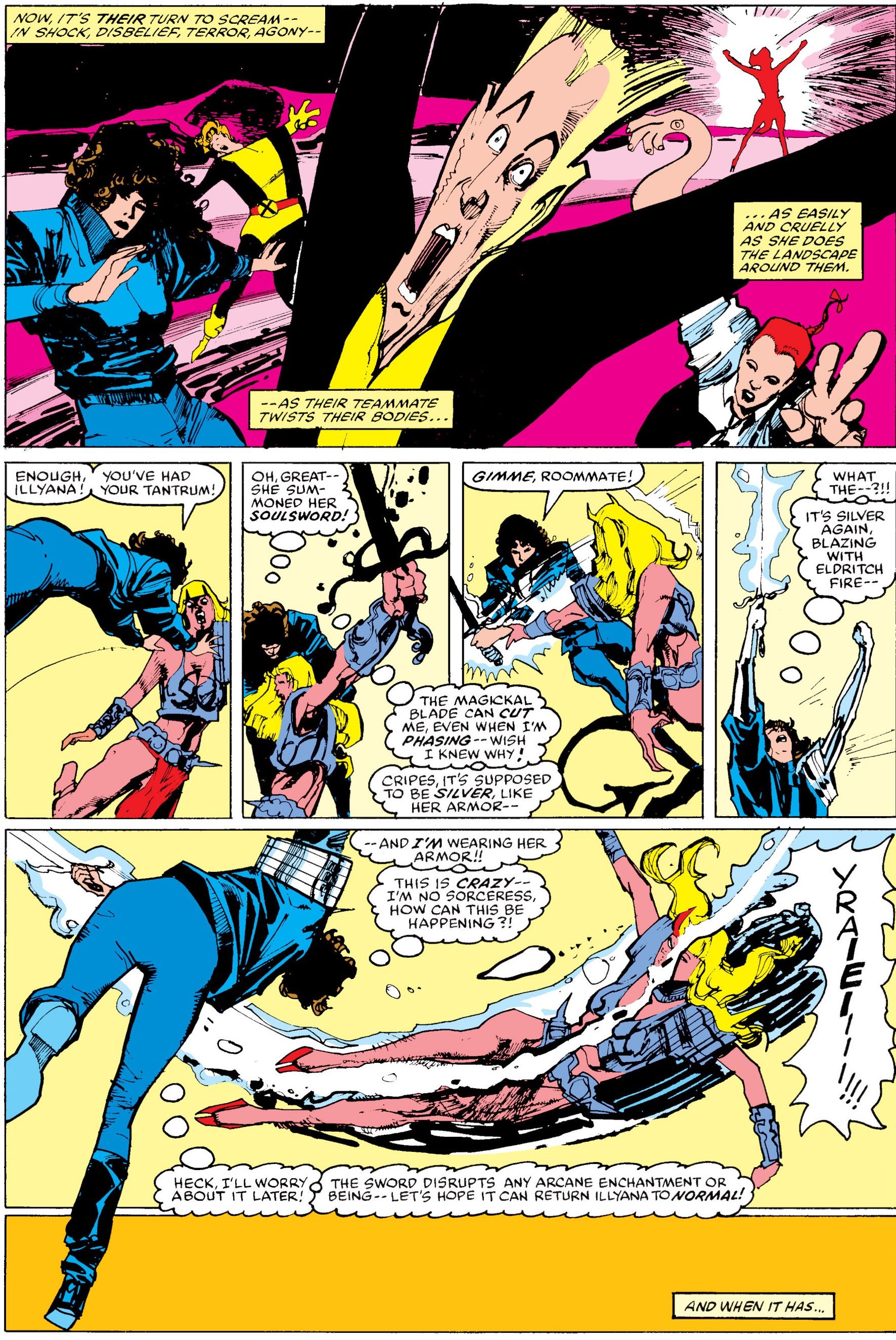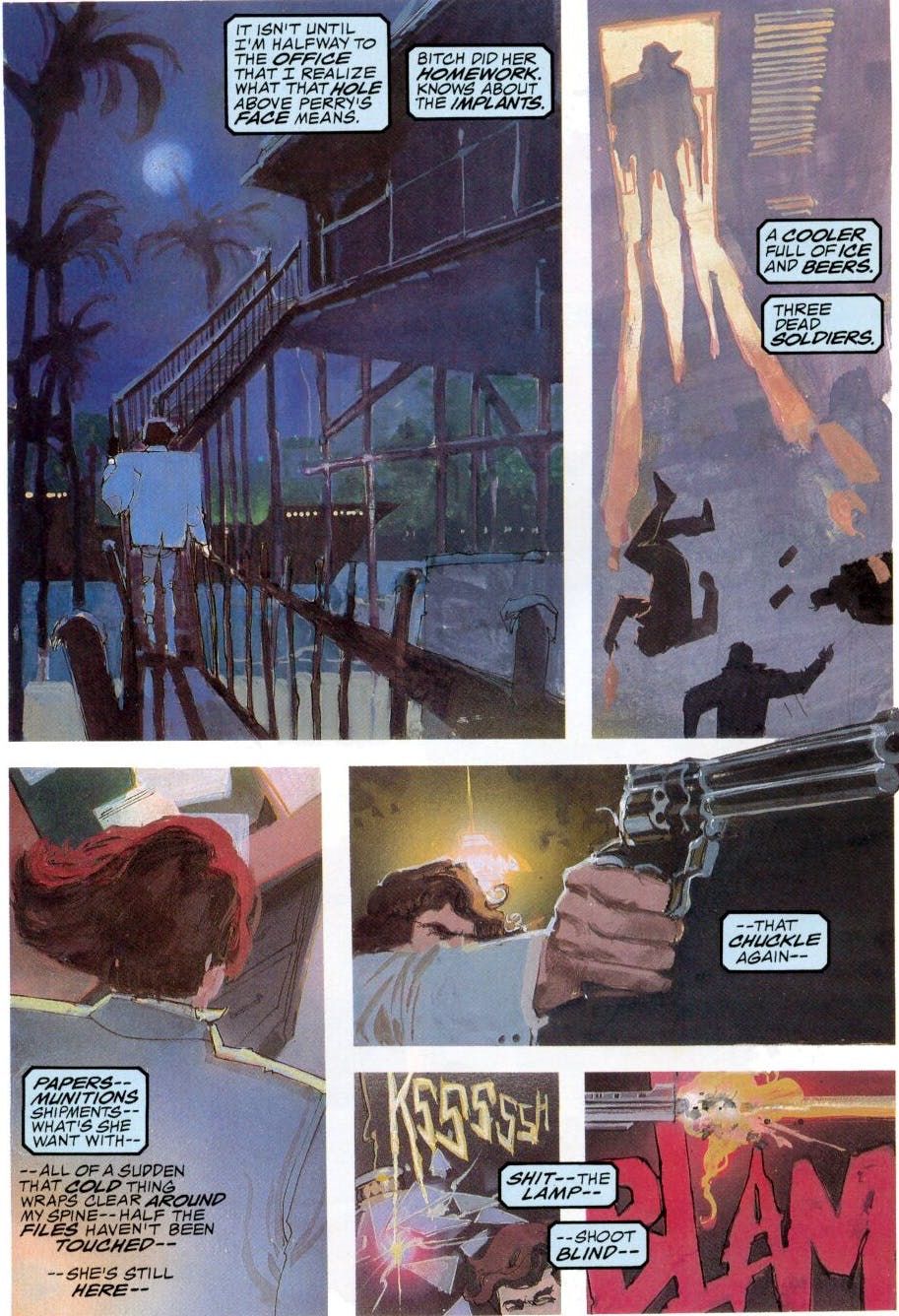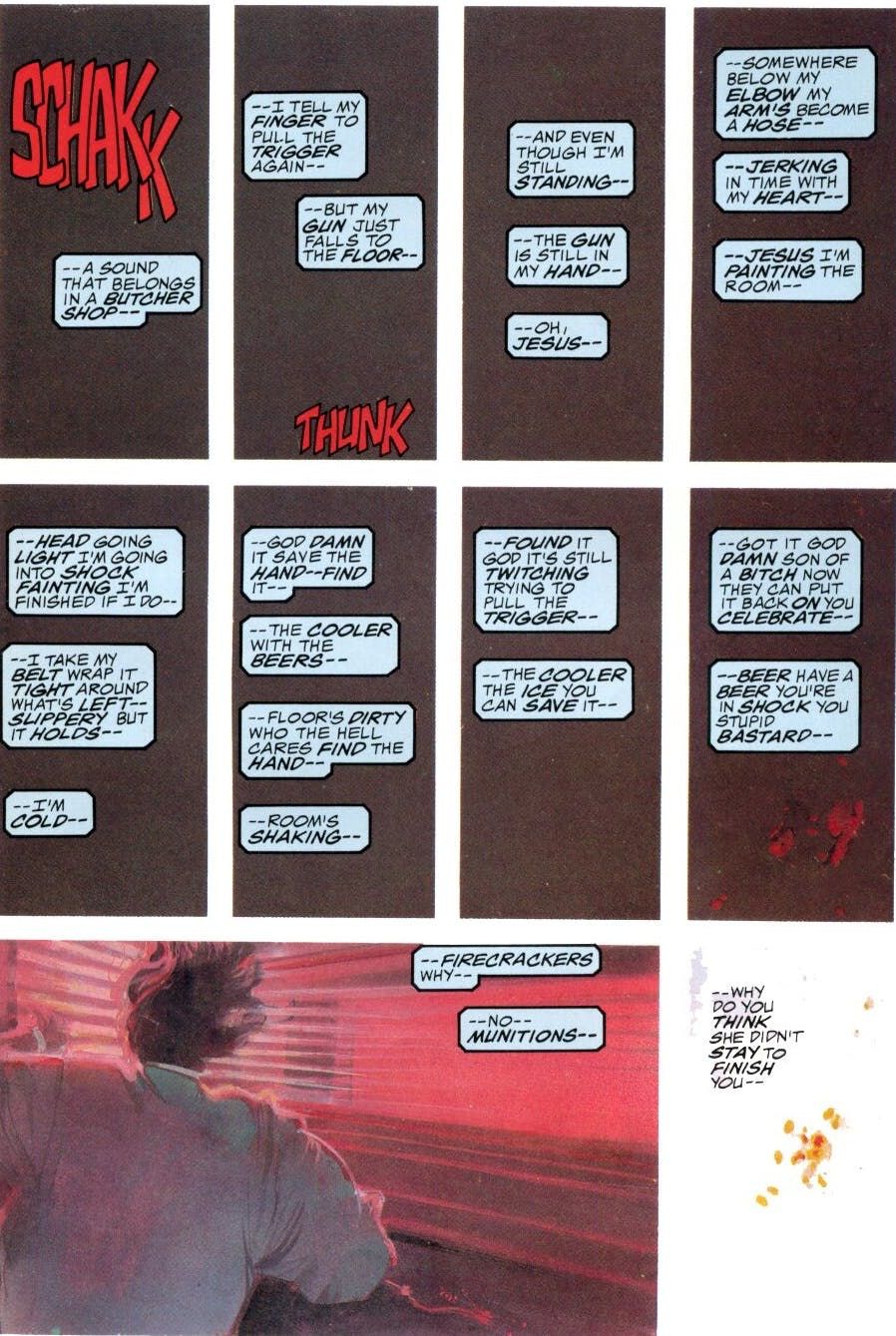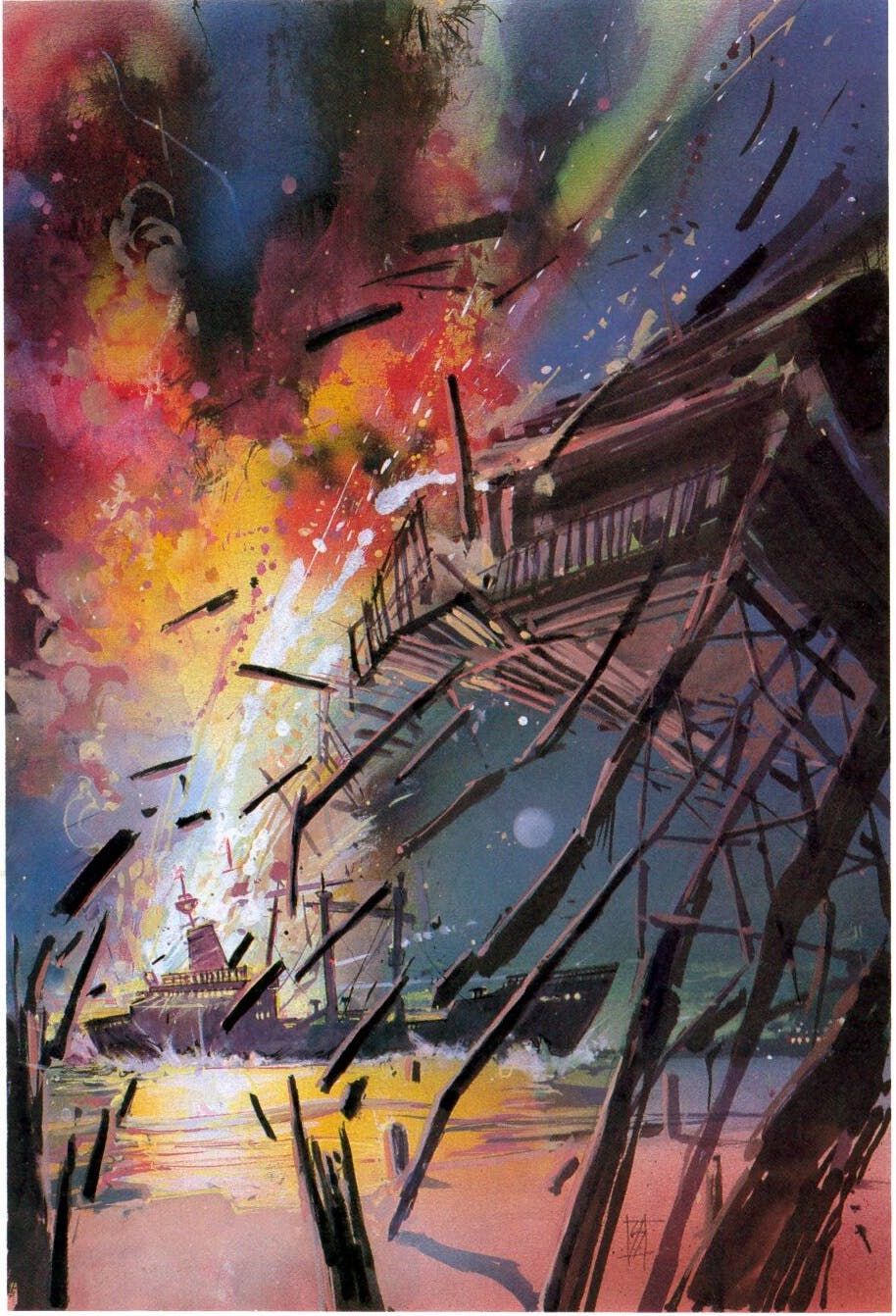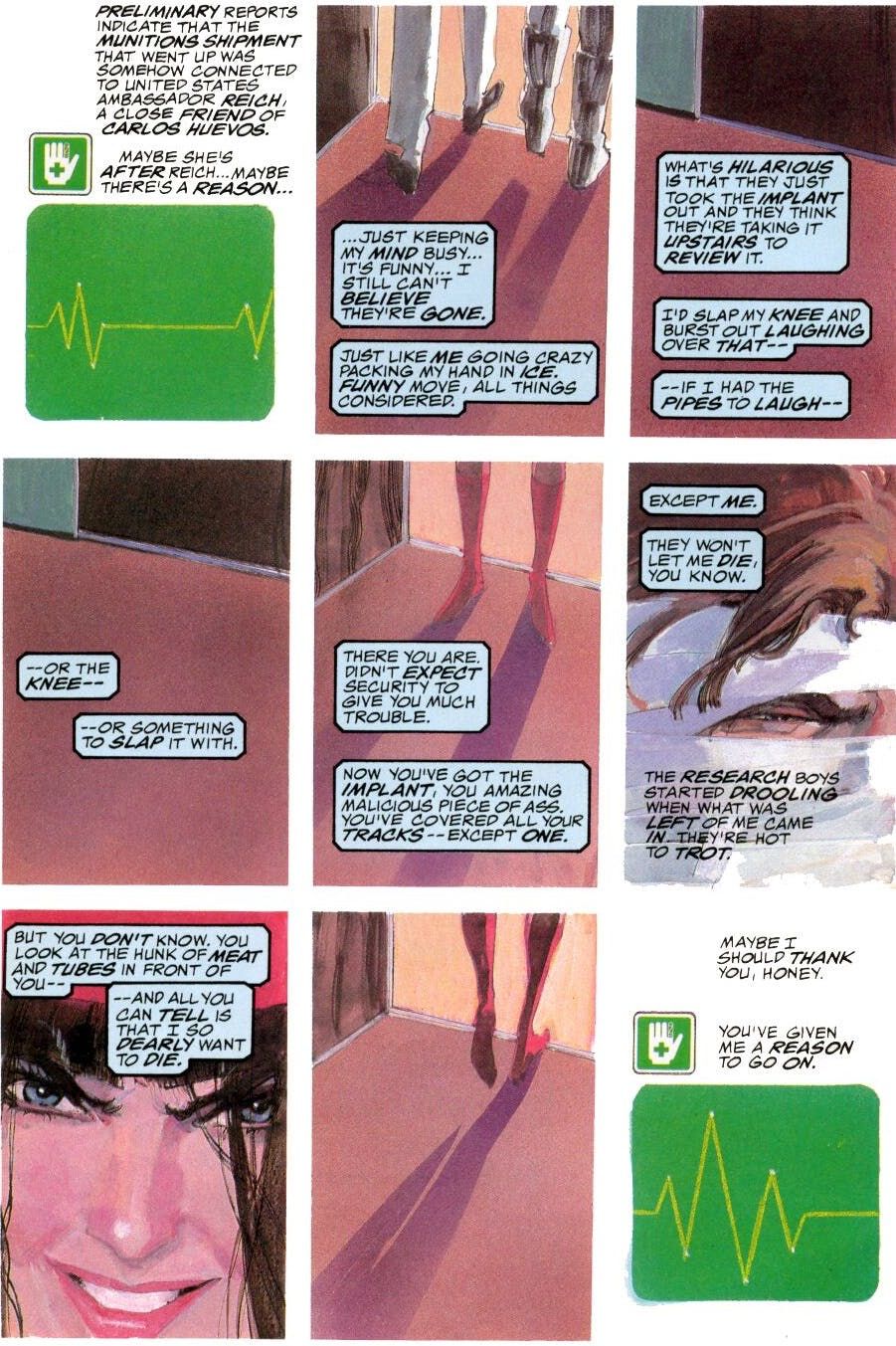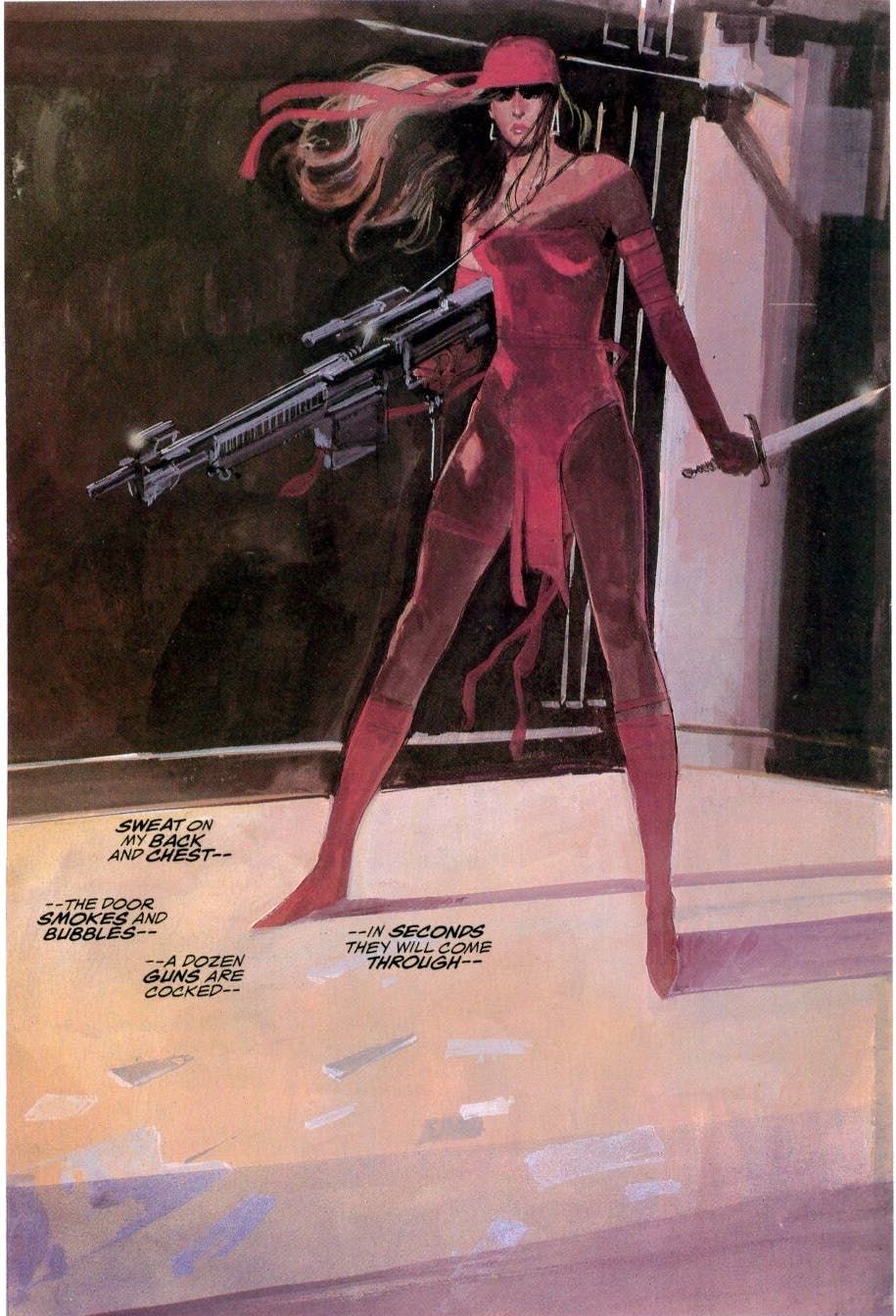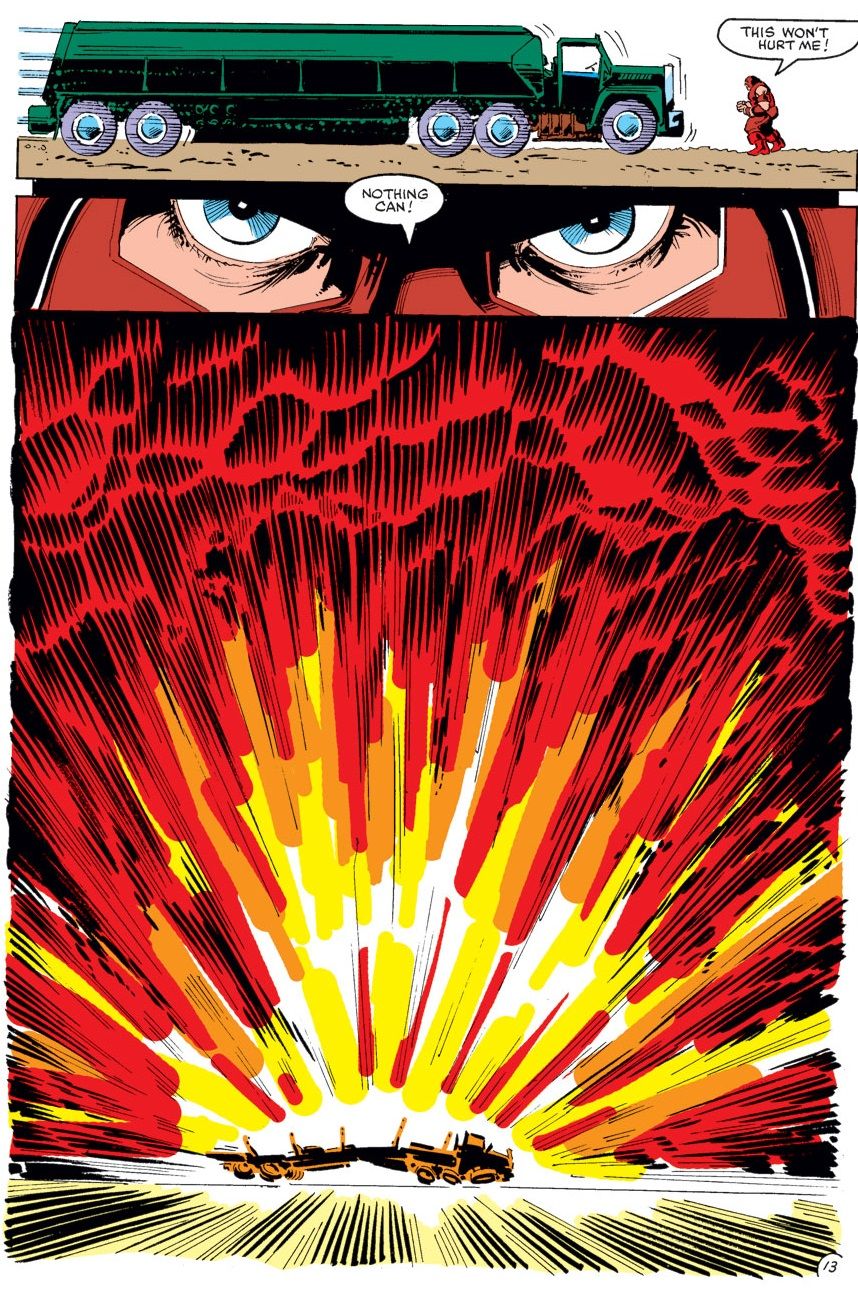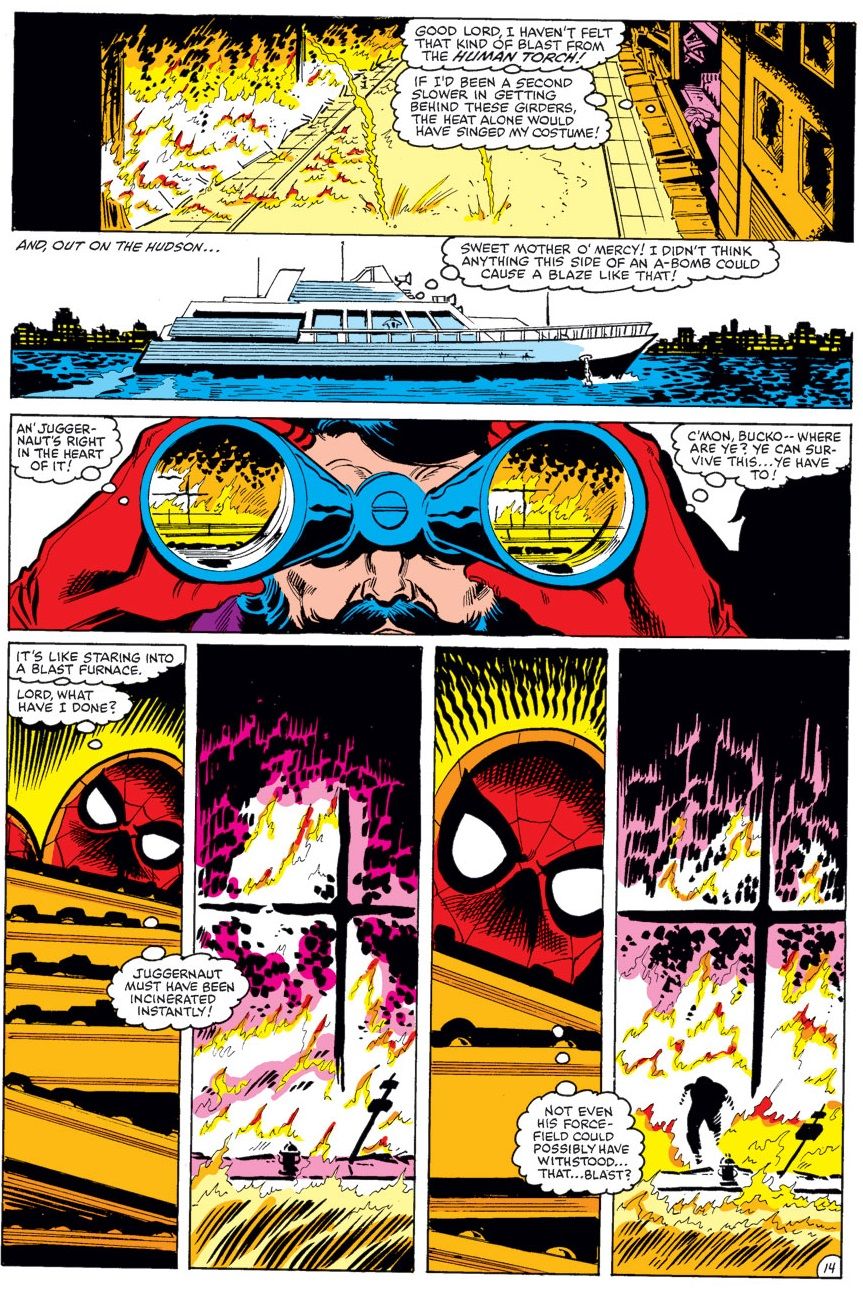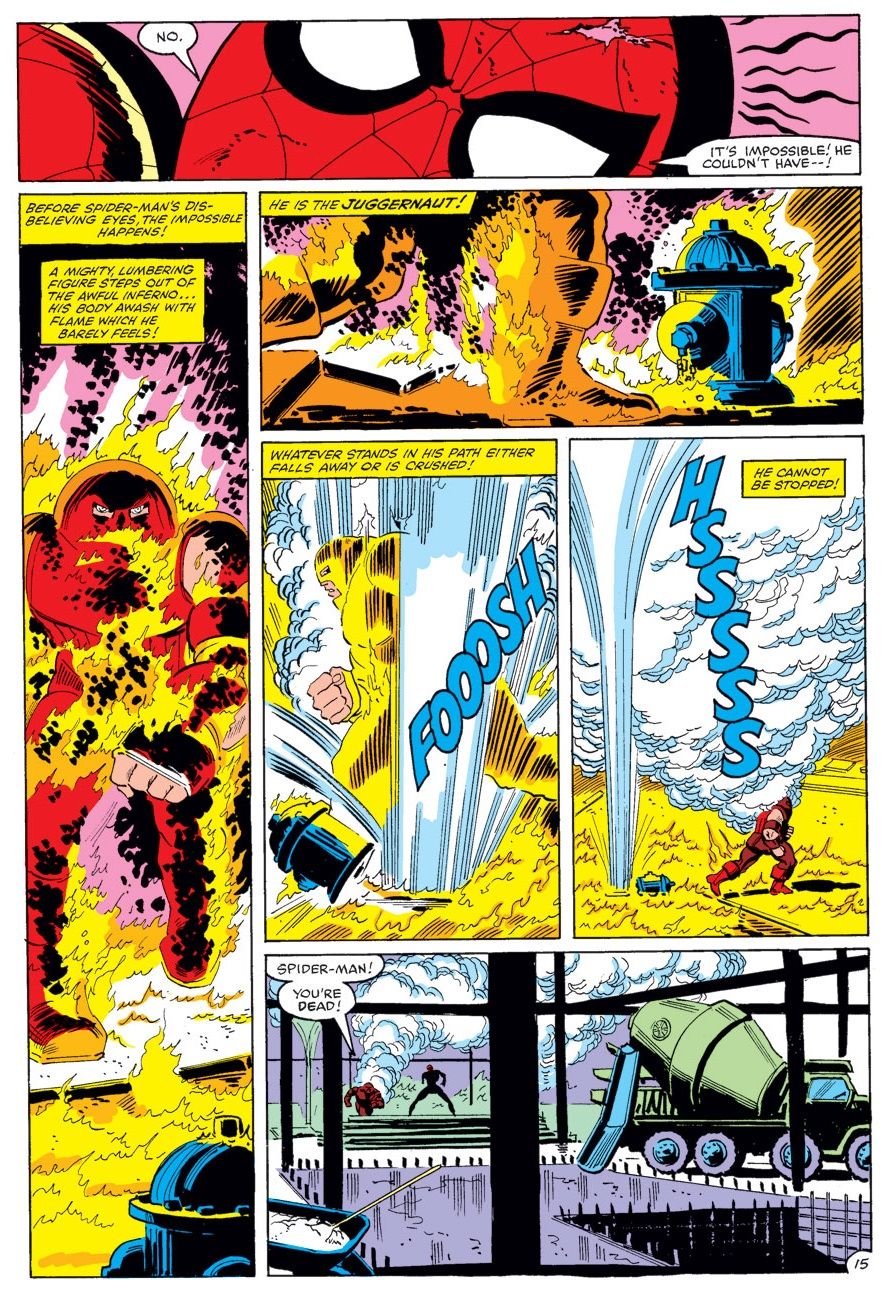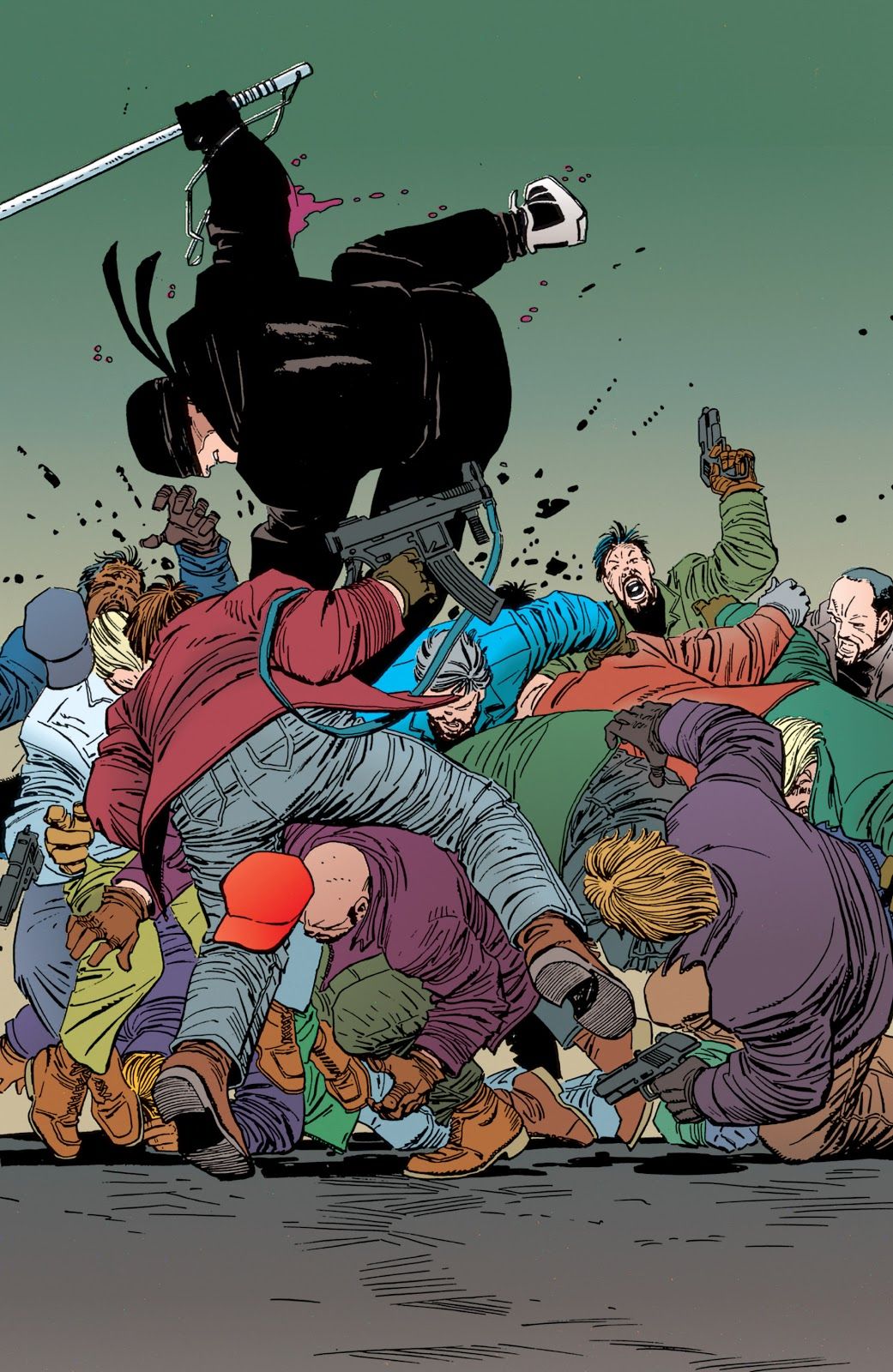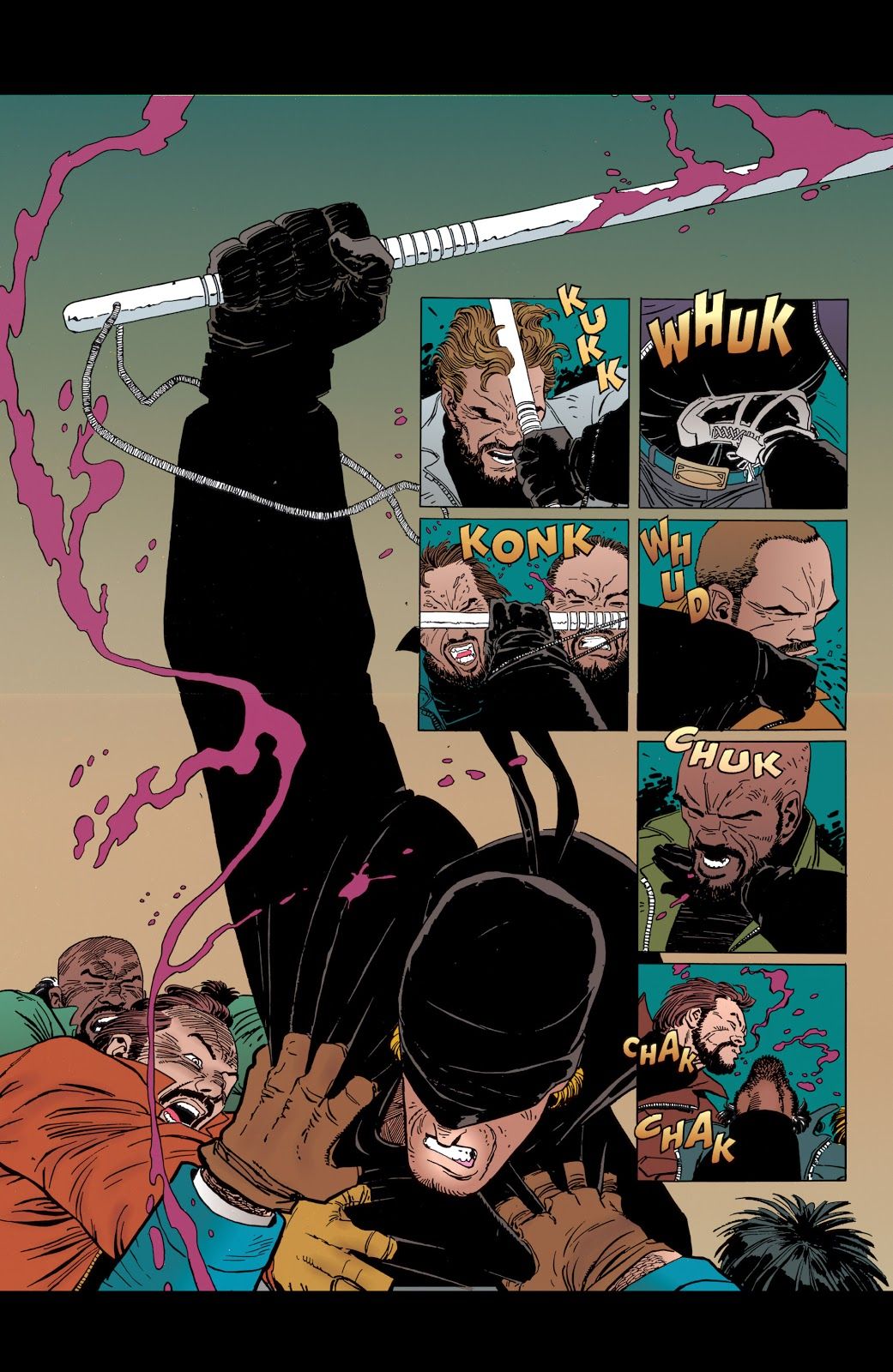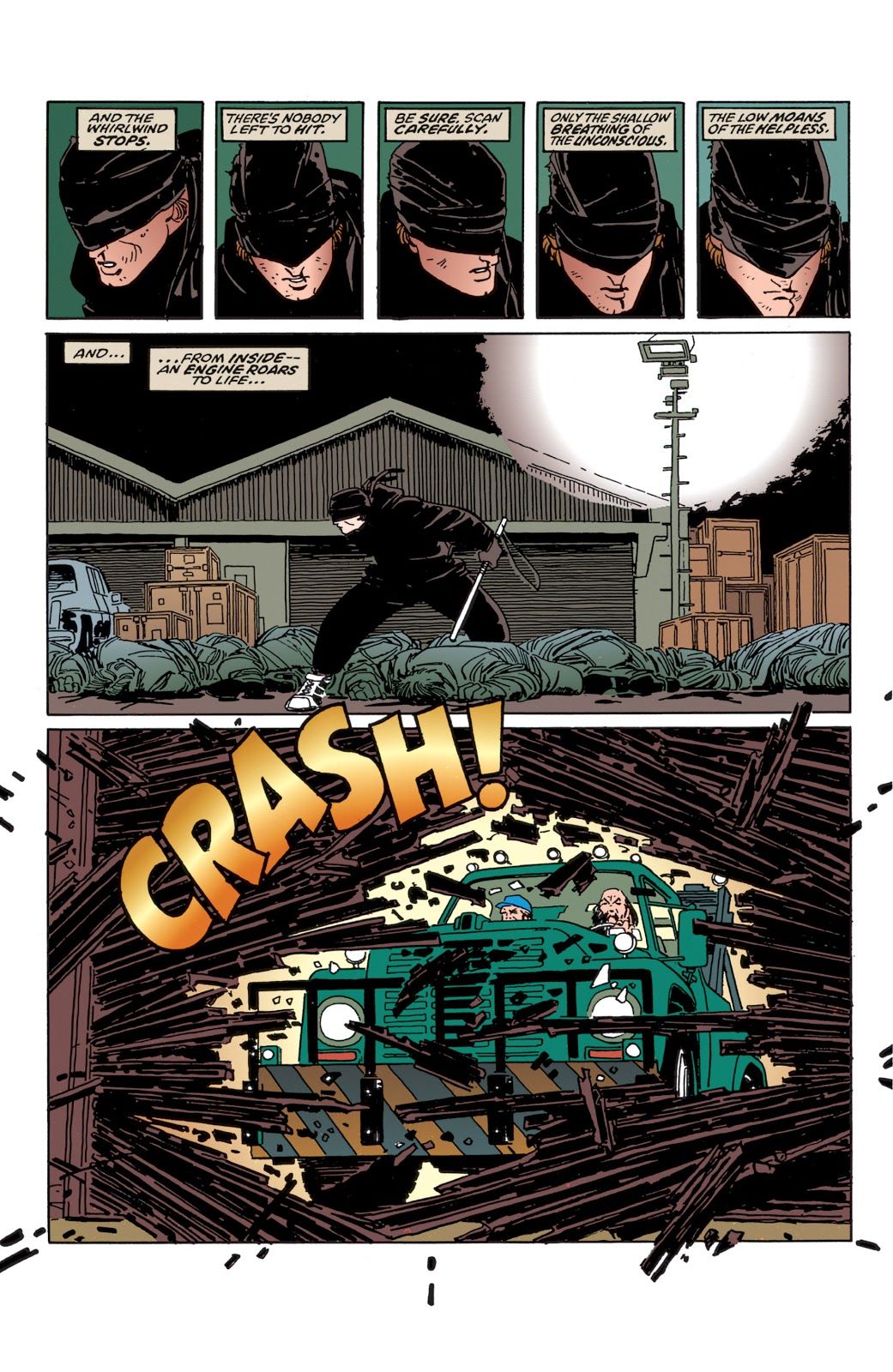The countdown continues with the next four artists that you voted as your favorites of all-time (out of roughly 1,023 ballots cast, with 10 points for first place votes, 9 points for second place votes, etc.).
10. John Buscema – 998 points (25 first place votes)
John Buscema worked on a variety of different comics in the late 1940s and most of the 1950s, before leaving the field of comics to become a commercial artist during one of the economic downturns comics faces in the late 1950s. Marvel's turn of success during the 1960s with their superhero work lured Buscema back into comics. After Jack Kirby left Marvel in 1970, Buscema soon became more or less THE face of Marvel Comics, and since this was the era that Marvel took over the top spot in the comics business, Buscema was the face of that era. In addition, he was solidified as being THE face of Marvel when his art was used for the book "How to Draw Comics the Marvel Way," which remained in print for over twenty years. Stan Lee chose Buscema to launch Lee's classic Silver Surfer run...
Buscema was an amazing storyteller, who had a great penchant for action but could also easily get a lot of pathos out of dramatic non-action scenes (like the famous full-page splash of the Vision crying when he is accepted to the Avengers). However, while he drew a TON of superheroes in his life, Buscema really wasn't much of a fan of the genre. No, he liked sword and sorcery comics (plus Tarzan - he was one of the generation of artists who adored Hal Foster, whose most famous works were Tarzan and Prince Valiant). What he would love to draw is a bunch of guys with swords and beautiful women with, well, also swords. Luckily, Conan the Barbarian eventually got popular enough that it made sense to put one of Marvel's most popular artists on the title, and Buscema stayed with the book as long as he could...
If this was all that Buscema drew during his career, I bet he would have been thrilled.
9. Frank Miller – 1026 points (17 first place votes)
Frank Miller broke in at Marvel doing a few different fill-in comics before becoming the regular artist on Daredevil, working with the amazing inker Klaus Janson. Miller revitalized the comic with his dynamic and daring artistic design work. By the end of the series, Miller was only doing layouts/breakdowns and Janson was doing the rest of the artwork. Still, his page designs were unmistakably his.
Miller left Daredevil in the early 1980s and next did a creator-owned series for DC called Ronin, which debuted a slightly more abstract art style, which he carried over to the best-selling and epic Batman: The Dark Knight mini-series (once again working with Janson)
During the 1990s, he drew Sin City for Dark Horse, where he used a new artistic style, inspired by Will Eisner and the usage of shadows and light...
Really powerful stuff.
That's more or less been his art style ever since. After a long break, he began drawing comic books again a few years back, like a few stories for Dark Knight Returns III: The Master Race and a 300 sequel, Xerxes, for Dark Horse Comics. Most recently, he is launching his own comic book company, Frank Miller Presents, that he will be doing new comic books for.
8. Bill Sienkiewicz – 1032 points (19 first place votes)
When it comes to artist evolution, few artists can quite touch Bill Sienkiewcz's journey. After debuting on the Moon Knight backup feature in Hulk! doing a Neal Adams riff, Sienkiewicz then worked on Fantastic Four with Moon Knight writer Doug Moench and then he moved over to a Moon Knight ongoing series with Moench. While there, he began to experiment with having an expressionist style for his comic work, which was extremely rare for the time.
His unique work soon made him so popular that they moved him over to the first X-Men spinoff title, New Mutants, where he continued to try out new things...
until he moved on from traditional penciling entirely, beginning to work in multiple media for his work on the classic miniseries, Elektra: Assassin (with writer Frank Miller). Here, Elektra confronts a SHIELD agent that had been tailing her...
Epic.
Sienkiewicz then used that art style on his creator-owned series, Stray Toasters.
In the years since, Sienkiewicz has become an in-demand inker, as his inks can provide a whole new style for the pencilers he works with. He also delivers beautiful covers for a number of different series.
7. John Romita Jr. - 1039 points (26 first place votes)
After starting with a short story in a Spider-Man annual in the late 1970s, Romita Jr. soon made the journey throughout the world of Marvel with a stunning mixture of prominent comic book series.
He burst on to the scene with a great run on Iron Man with Bob Layton and David Michelinie. He then switched over to Amazing Spider-Man with Roger Stern before moving up to Uncanny X-Men with Chris Claremont. He remained on X-Men for a while before he was personally chosen to be the artistic face of the New Universe by launching Star Brand. He then moved on to a long run on Daredevil with Ann Nocenti before doing stints on Cable and Punisher War Zone and a short-lived return to Uncanny X-Men. He settled in with Howard Mackie for a long run on Spider-Man, staying on the book when J. Michael Straczysnki joined. During this stint, he also had a nice run on Thor with Dan Jurgens and Hulk with Bruce Jones. After his Spider-Man run ended (after roughly 100 issues), he did an arc on Wolverine with Mark Millar, launched Eternals with Neil Gaiman and brought Hulk's war to Earth with Greg Pak in World War Hulk. He then created the hit series Kick-Ass with Mark Millar. He then re-launched Avengers with Brian Michael Bendis and then relaunched Captain America with Rick Remender. Man, this guy just did EVERYthing!
Romita Jr's best attribute has always been his storytelling, which is why in his early years at Marvel, he typically did layouts instead of full pencils. This gave him more time to draw multiple titles at the same time. His storytelling is superb, like this bit from the famous Spider-Man/Juggernaut battle in Amazing Spider-Man #230...
However, in the late 1980s, he finally began to work in full pencils, giving his work a grittier feel to it, while maintaining that brilliant storytelling...
He has some of the best page designs in the industry. After over THIRTY years at Marvel, Romita Jr. went to DC in 2014, but he then made a triumphant return to Marvel last year, and is once again the regular artist on Amazing Spider-Man.

